"Democracy is a government in which everyone has a share."
This is the definition of democracy by J R Seeley. If we go by this definition, the prominent players of the democracy – also known as the four pillars of democracy - are the executive, legislative, judiciary, and the media. They are all-powerful in their way, but they all keep a check on the powers of the others.
The judiciary and the media play a complementary role for each other. Man is the center of their universe. Both are engaged in the same task to discover the truth, uphold the democratic values, and to deal with social, political, and economic problems. The media and the judiciary, which are the independent proponents of constitutional rights, are also in a conflict about where should the priority and emphasis be placed in the ‘free press v/s fair trial’ contradiction.
On most occasions, the tension between the courts and the media revolves around two general concerns. The first being that there should be no trial by media, and the second being that it is not for the press or anyone else to prejudice the case.
Coming to the fair trial –
The ‘Right to Fair Trial’ means a trial uninfluenced by outside pressures. In the Zahira Habibullah Sheikh v. the State of Gujarat, the Supreme Court explained that a “fair trial obviously would mean a trial before an impartial judge, a fair prosecutor and atmosphere of judicial calm. Fair trial means a trial in which bias or prejudice for or against the accused, the witnesses, or the cause which is being tried is eliminated.”
The right to a fair trial is the absolute right of every individual within the territorial limits of India vide articles 14 and 20, 21, and 22 of the Constitution of India. Moreover, the importance of a fair trial has been recognized through various International Conventions:
Article 6 of the United Nations states that the judiciary is entitled and required to ensure that judicial proceedings are conducted fairly and that the rights of the parties are respected. Then the International Convention on Civil and Political Rights quotes that “everyone shall be entitled to a fair and public hearing by a competent, independent and impartial tribunal.”
However, media trials have created a sort of war between free speech and free trial. When such rights of equal weight clash, courts have to evolve while balancing measures based on reality where both the rights are given equal status in the constitutional scheme. In the case of Sahara India Real Estate Corporation Ltd. And Ors. V/S SEBI & Another, the Supreme Court of India laid down appropriate guidelines about reporting in electronic or print media of matters which are sub judice in the court:-
.png) 1) Prior Restraint- It is within the inherent powers of the court to order prohibition of publication for a temporary period during the trial in the interest of Justice.
1) Prior Restraint- It is within the inherent powers of the court to order prohibition of publication for a temporary period during the trial in the interest of Justice.
2) Contempt of Court- The inaccuracy of reporting of the court proceedings will be contempt only if it can be said on the facts of a particular case, to amount to a substantial interference with the administration of Justice
3) Order of postponement of publication in appropriate cases keeping in mind the stage at which it should be ordered, its duration & right of appeal; is evolved by the courts as a preventive measure to protect the press from getting prosecuted to contempt and also to prevent the administration of justice from getting prejudiced.
4) Right to approach the High Court/ Supreme Court- An accused of an aggrieved person who apprehends based on the content of the publication, broadcast or postponement of reporting of certain phases of trial and the court may grant such preventive relief on a balancing of the right to a fair trial & Article 19(1)(a) rights.
The Honourable Supreme Court has also observed that the freedom of the press is regarded as “the mother of all liberties in a democratic society”. But then, the question is - What happens when the news provided to the public through media & subsequently through the judicial process is incompatible? Such kind of incompatibility adversely affects various rights and responsibilities in the process of administration of justice.
1) Influence of media on accused:
When media projects a suspect or an accused as if he has already been adjudged guilty, well before the trial in the courts, it causes serious prejudice to the accused. Even if ultimately the person is acquitted after the due process in courts, such an acquittal may not help the accused to rebuild his lost image in society.
2) Influence of media on witnesses:
If the identity of the witness is published, there is a danger of witnesses coming under pressure - both from the accused or his associates, as well as from the police. Witness protection is becoming a serious casualty, further raising questions about the admissibility of a hostile witness.
3) Media Trial Vs right to privacy:
A person's right to be left alone may be violated by the other person's right to be informed. There is always a risk of the private life of a person being brought into the public domain by media, resulting in an invasion of privacy and the space of a person.
There was a famous case called "autoshankar case" (R. Rajgopal Vs State Of Tamil Nadu) in which the autobiography of Shankar, an auto driver who became active as a serial killer in the state of Tamil Nadu during late 1970-80s, was in question before the apex court. The Supreme Court observed that “a person has the right to safeguard his privacy and no one can publish anything concerning his private matters without his consent whether truthful or otherwise, whether laudatory or critical”.
4) Pro plaintiff media bias:
The litigation involving well-known companies or individuals with sensational charges have always grabbed the attention of the news media. Such Media coverage creates plaintiff bias in civil cases.
The defendant simply by being on the wrong side of the "V", becomes the villain to the plaintiff's "victim" whether or not the actual charges have any factual basis or legal merit.
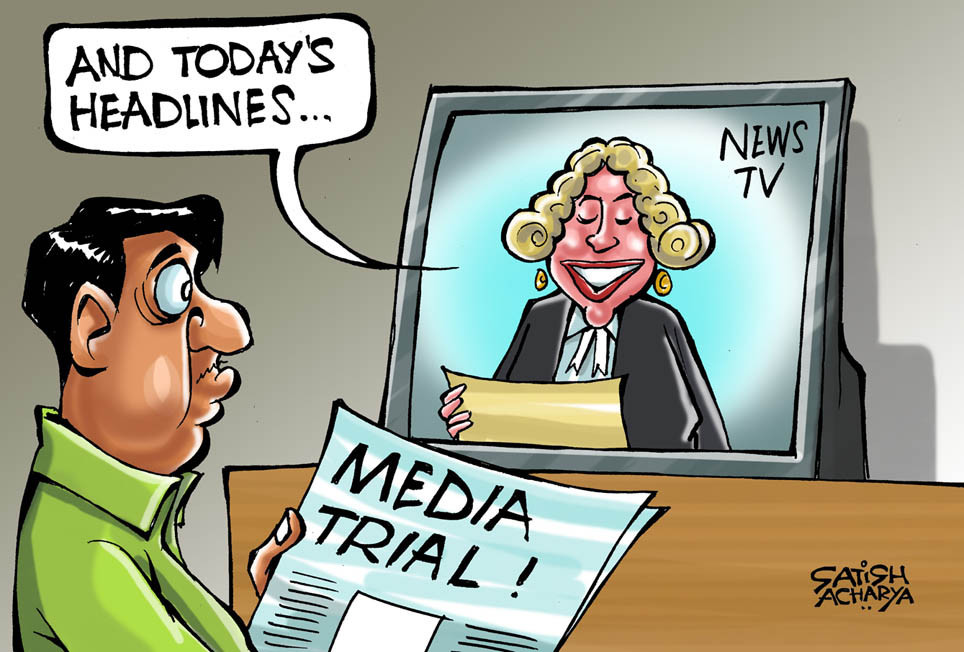 5) Media trial Vs Right of legal representation:
5) Media trial Vs Right of legal representation:
Through media trial, there is pressure on the lawyers to not take up cases of accused, thus trying to force these accused to go to trial without any defense, which is against the principle of natural justice. The police system also comes under pressure, and to protect their reputation, the police come forward with a story that they have got the suspect who has confessed. Then a series of ‘breaking news’ starts flooding, but very few know that 'confession to the police’ is not admissible in the court. Once a confession is published by both the police and media, the suspect's future is finished when he retreats from his confession.
6) Media trial & the identification parade:
It is a process where a group of persons, including the suspect of the crime, is assembled to discover whether a witness can identify the suspect. But if the suspect’s pictures are shown in the media, identification parades of the accused conducted under the Code of Civil Procedure would be prejudiced.
7) Influence of media on the judges and the court:
Another worrying factor and one of the major allegations upon ‘media trial’ is prejudicing the judges presiding over a particular case. The judges are not immune from criticism either in respect of their judicial conduct or their conduct in a purely private capacity. But it is for concern when criticisms of them are ill-informed or entirely without foundation and may tend to undermine the public confidence in the judicial institution. Media publications can unconsciously influence judges and there is always a chance that judges get influenced by the flowing air of remarks made upon a particular controversy. Cardozo, one of the greatest Judges of the American Supreme Court, referring to the “forces which enter into the conclusions of Judges” observed that “the great tides and currents which engulf the rest of men do not turn aside in their curse and pass the Judges by”.
The PCI (Press Council Of India) warns journalists not to give excessive publicity to victims, witnesses, suspects, and accused such that it amounts to an invasion of privacy. To protect the right to a fair trial, provisions are included in the Contempt of Court Act, 1971 and under Article 129 and 215 of the Constitution of India, which empowers the Supreme Court and high court respectively, “to punish for the contempt of itself". Therefore, the liability of contempt of court may arise on the part of a journalist who publishes anything that may prejudice a fair trial or harms the impartiality of a court to decide a cause on its merits.
Ultimately, the media has a wide reach and a more effective and direct approach to the people. The courts are obliged to respect the freedom of the press because of the essential societal interest this principle serves which is the enhancement of democracy. However, by doing so the courts do not endorse those aspects of the media which tend towards commercial, sensational, or shallow journalism.
- Adv Prachi Patil
pprachipatil19@gmail.com
(The writer is a practicing lawyer at the Pune District Court and the Family Court, Shivajinagar)
Previously published articles in this series:
Part 1: A Pendulum Swing: From the freedom of the press to its control
Part 2: Media Trial - Antithesis of Freedom of Speech and Expression
Part 4: Rule Of Law vs. Rule Of Noise
Tags: law media press trial judiciary media trial adv prachi patil Load More Tags

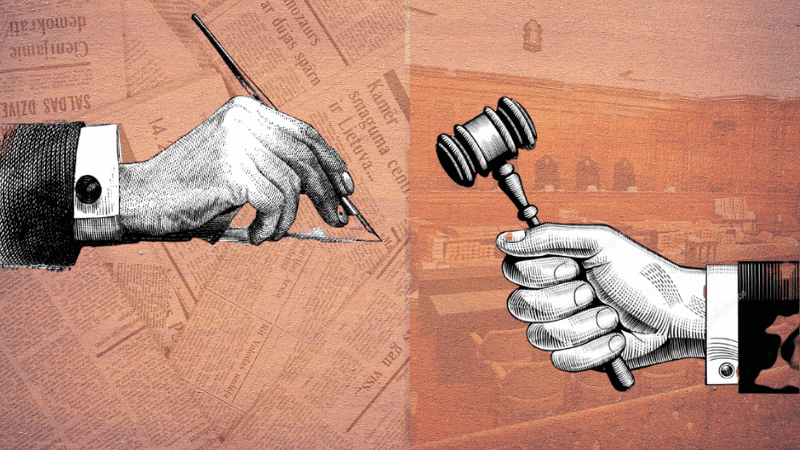

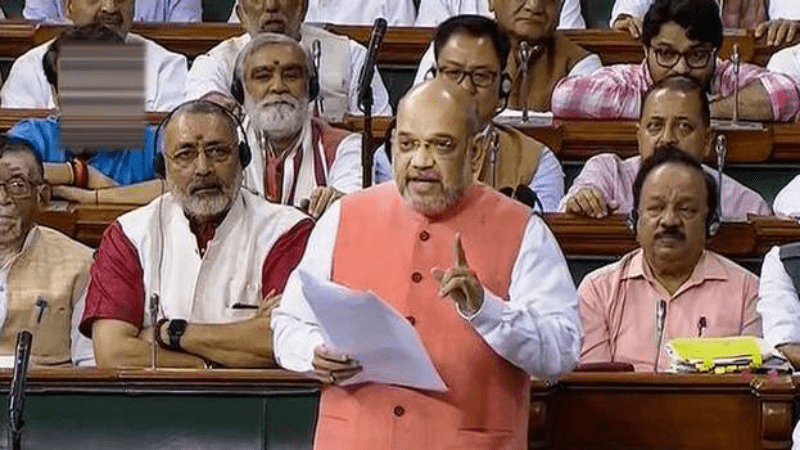
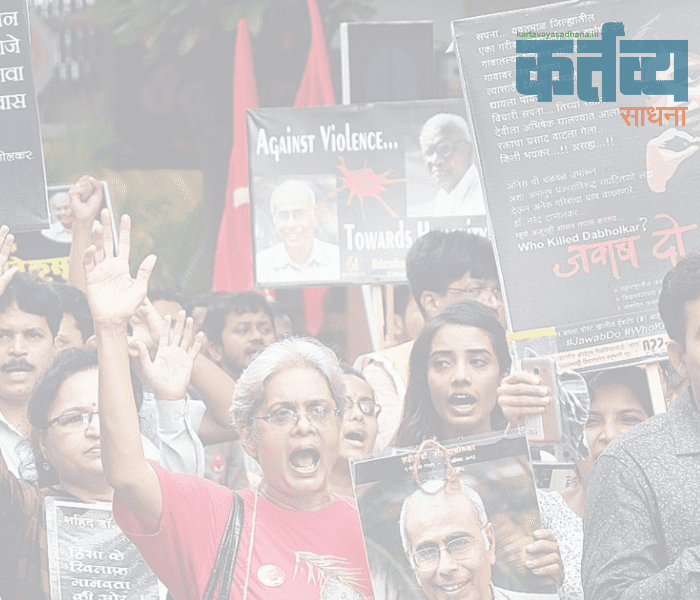
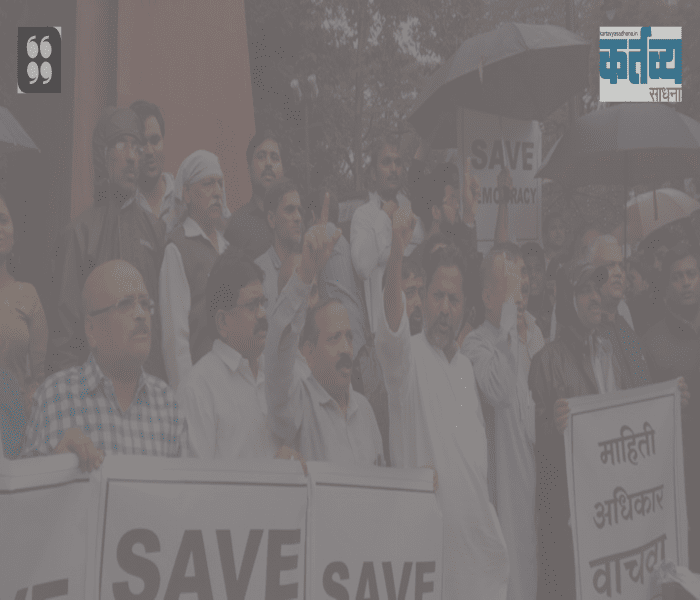
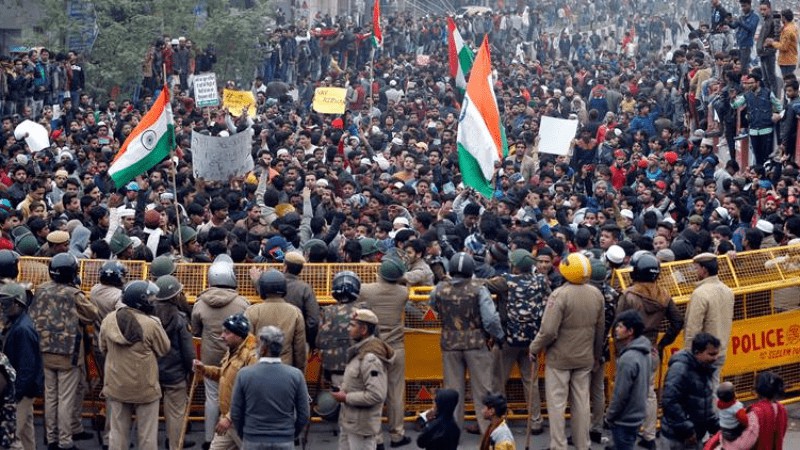
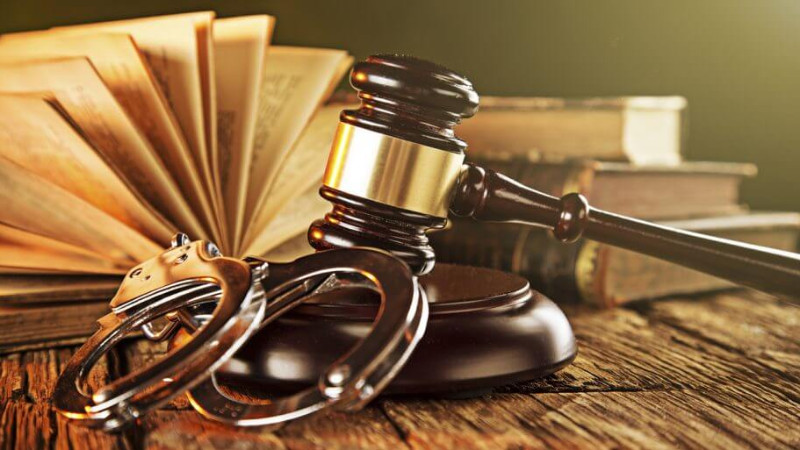
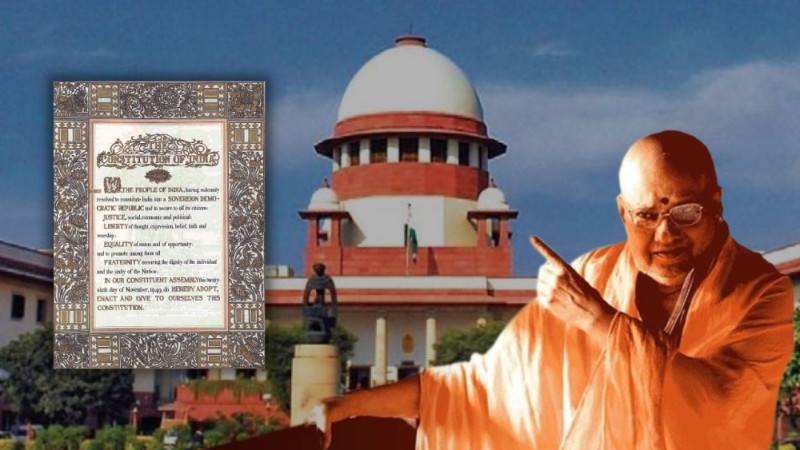
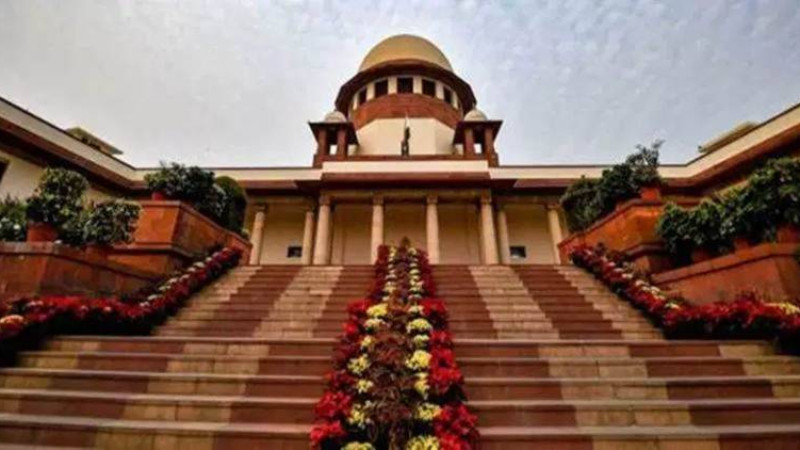
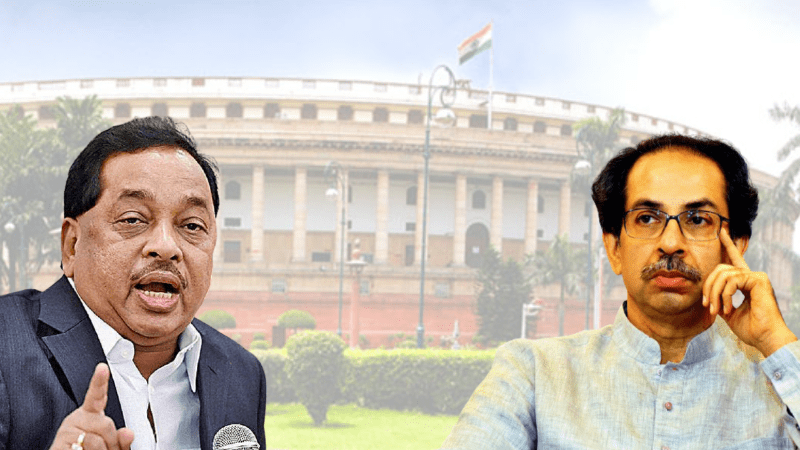
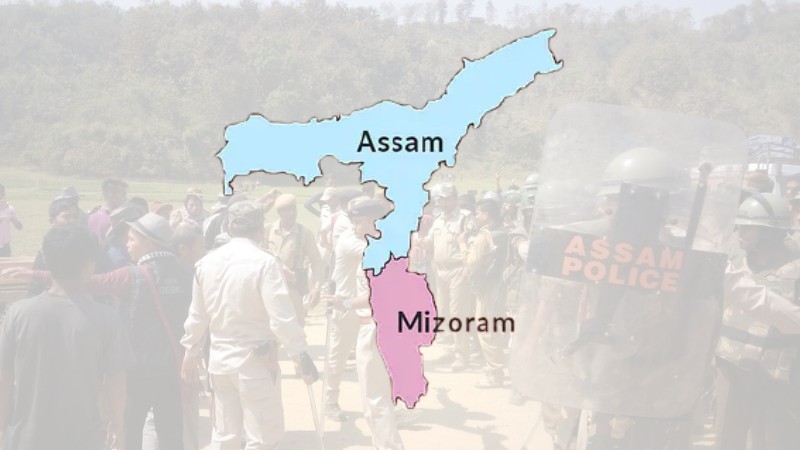
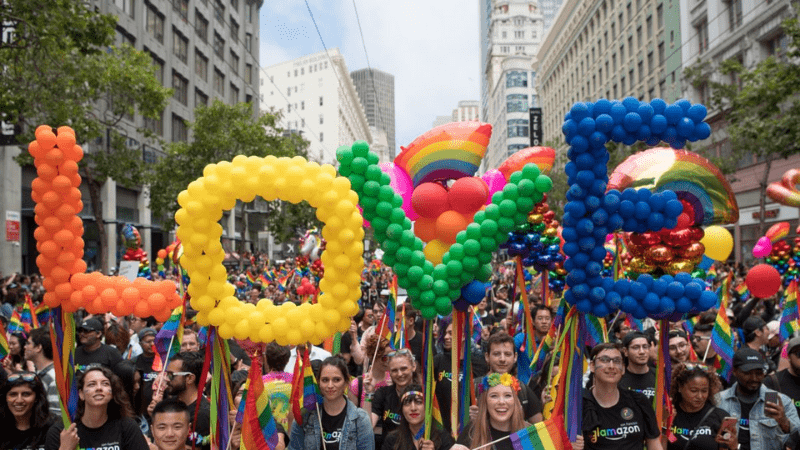

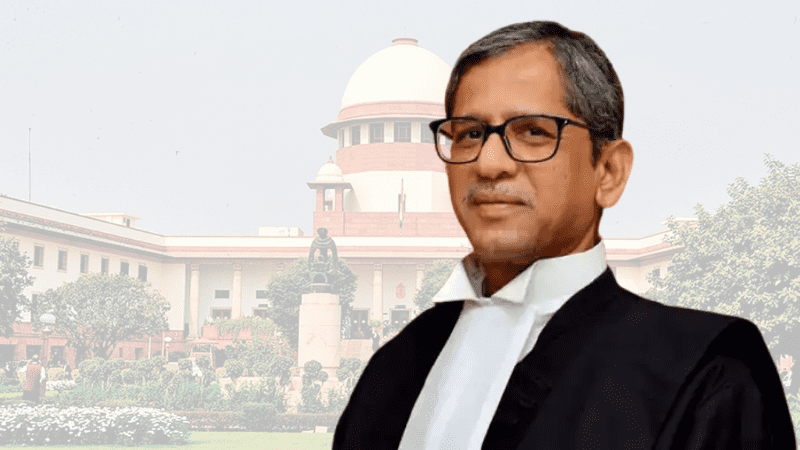
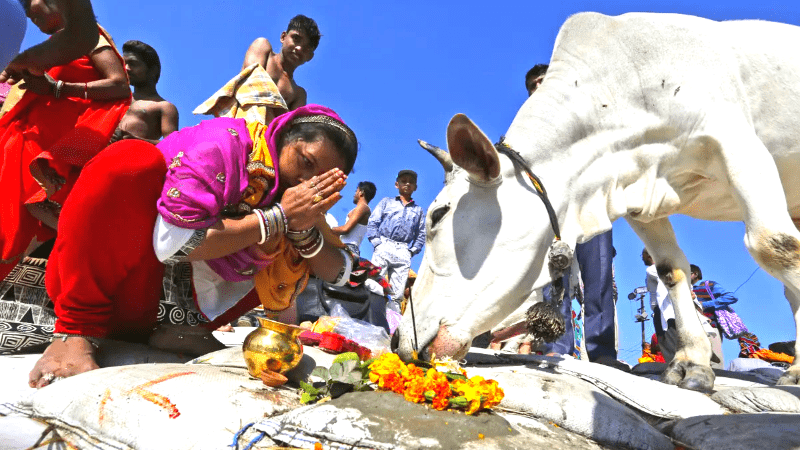
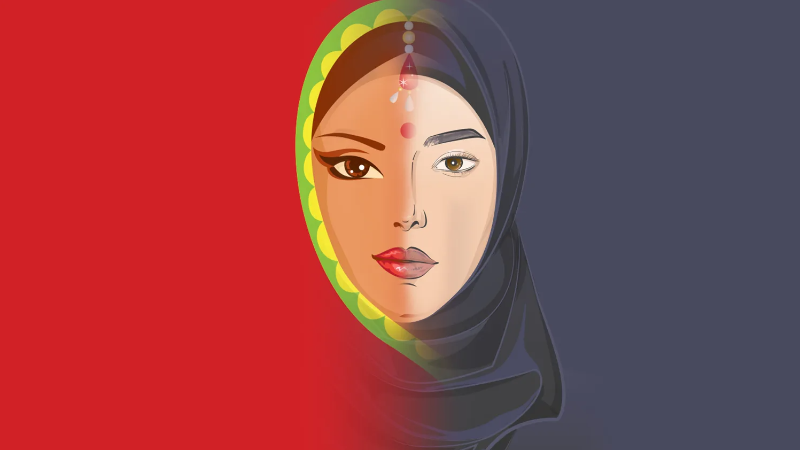
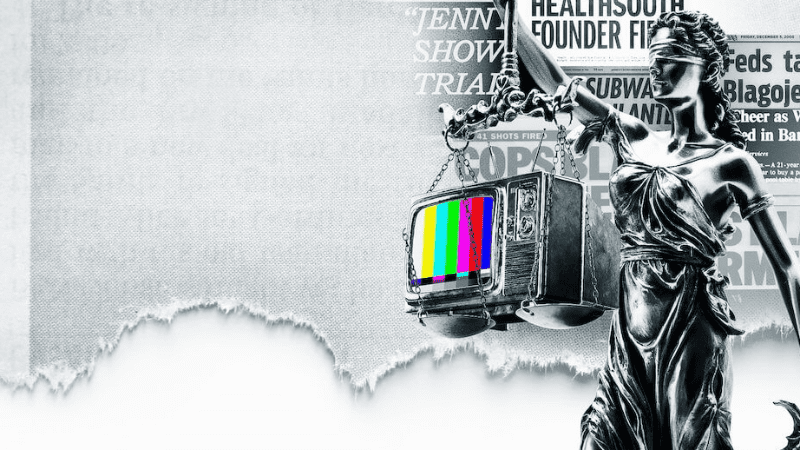
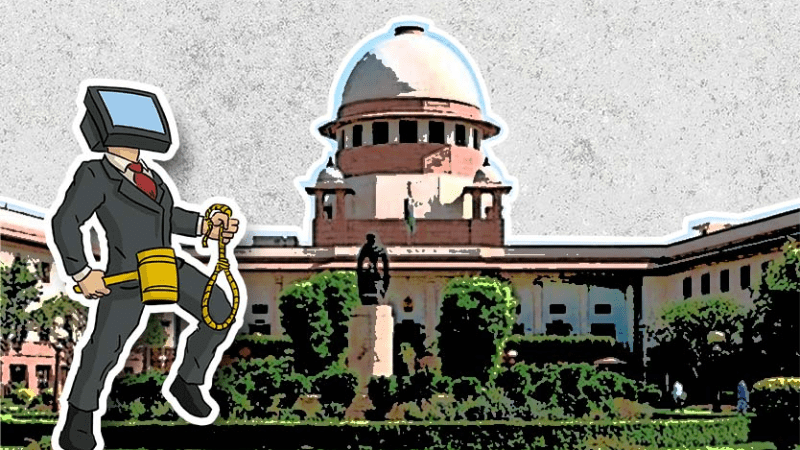
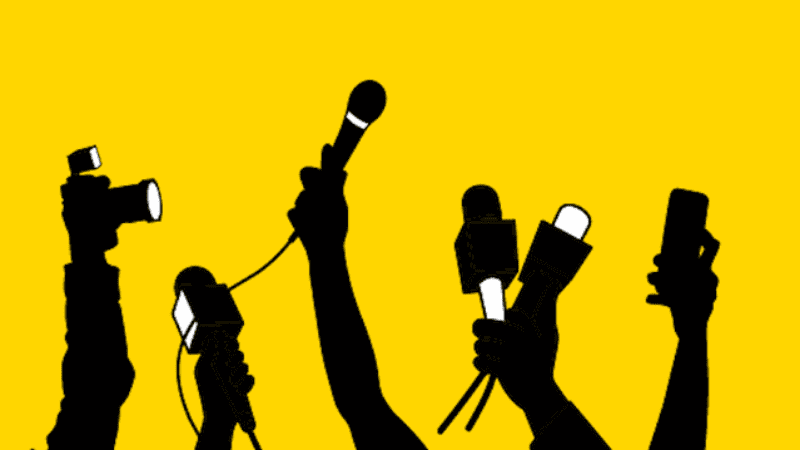
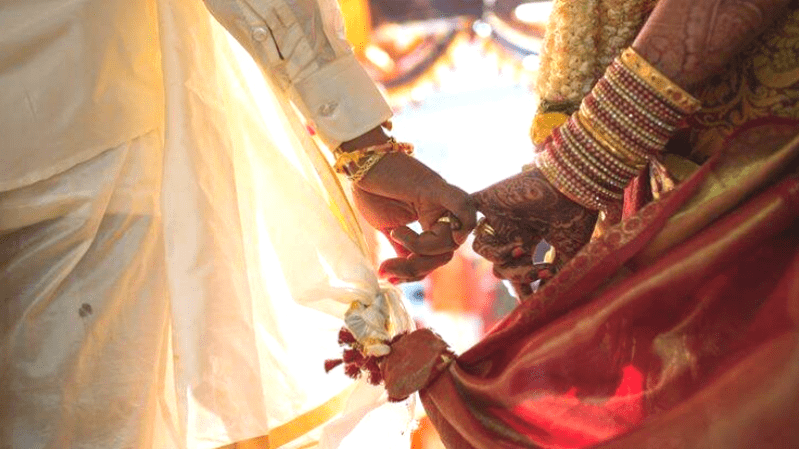

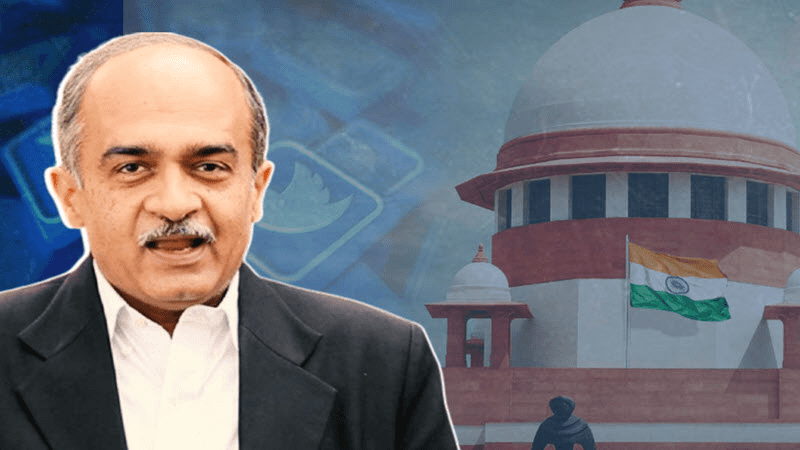
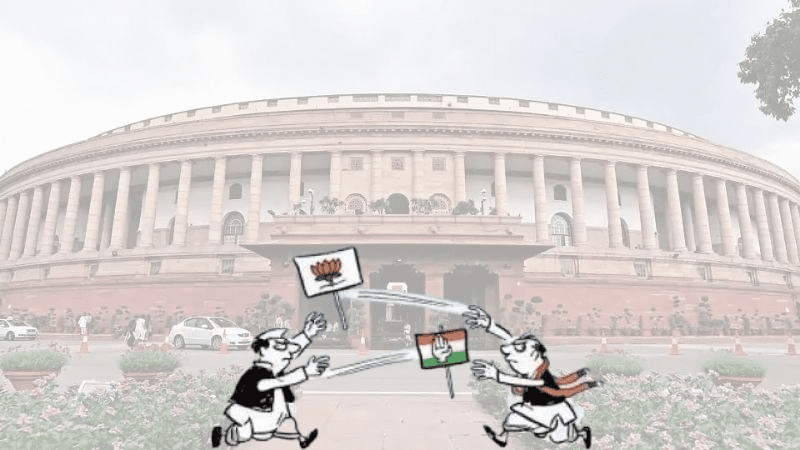
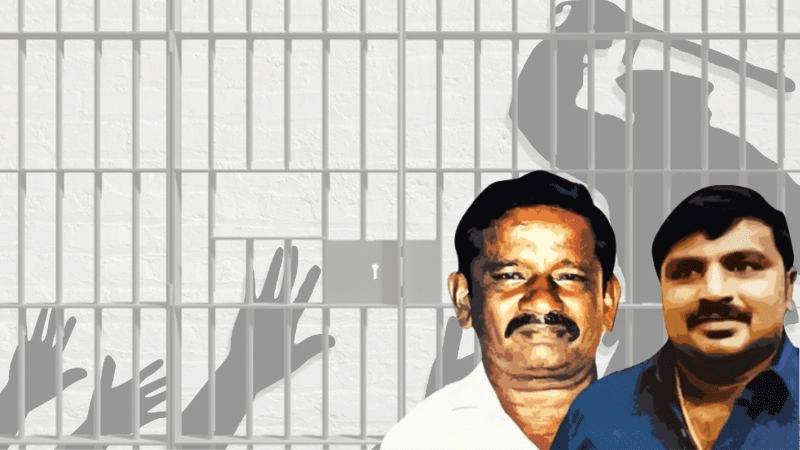
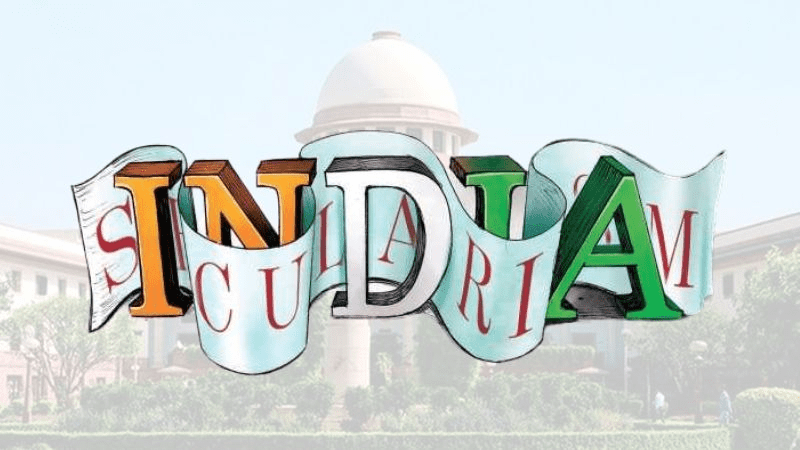
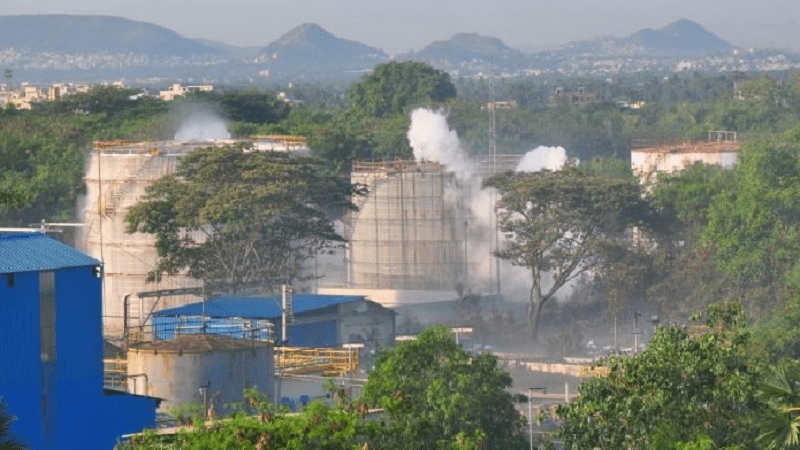
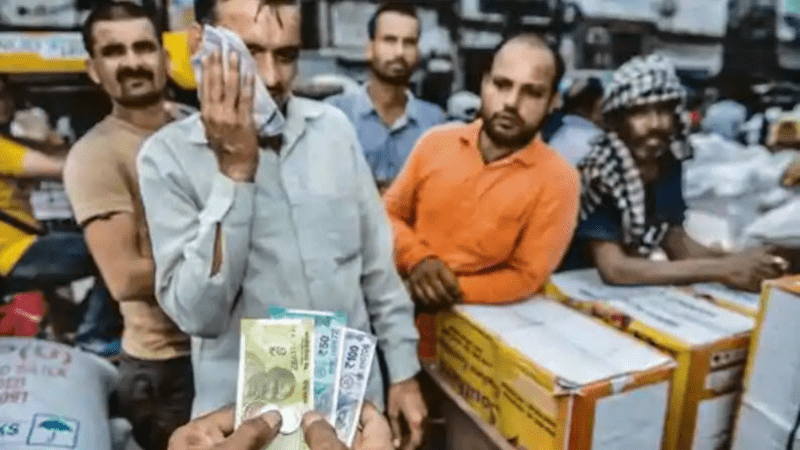
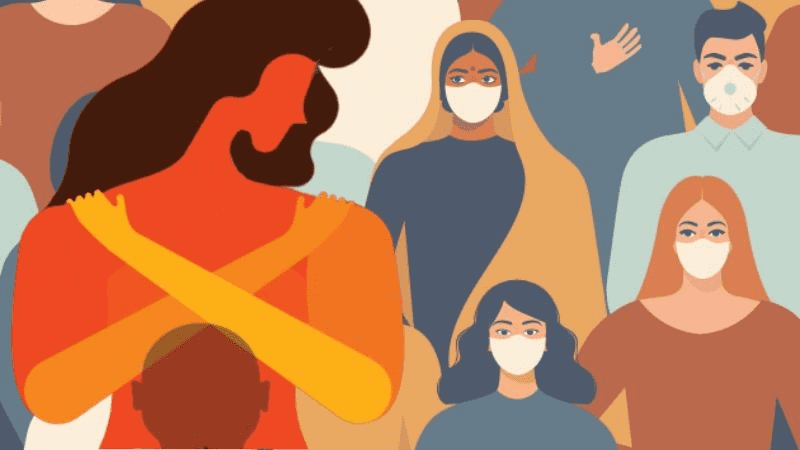
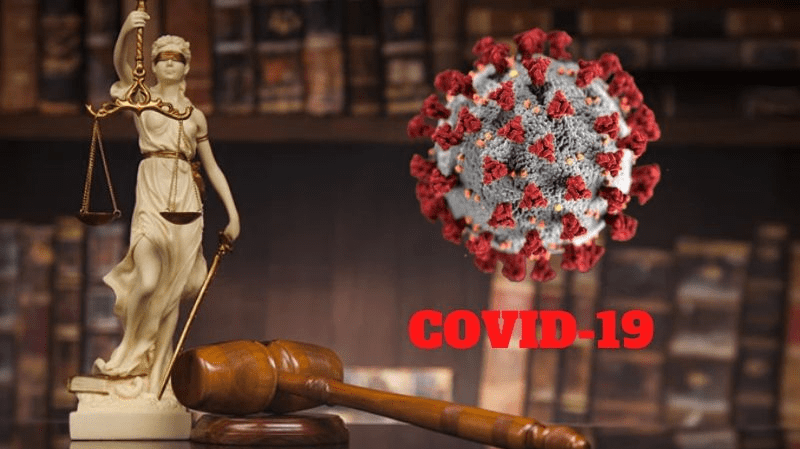
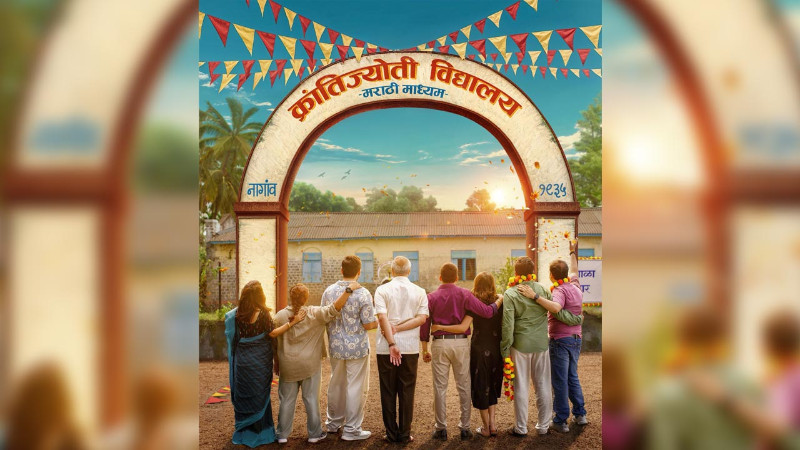
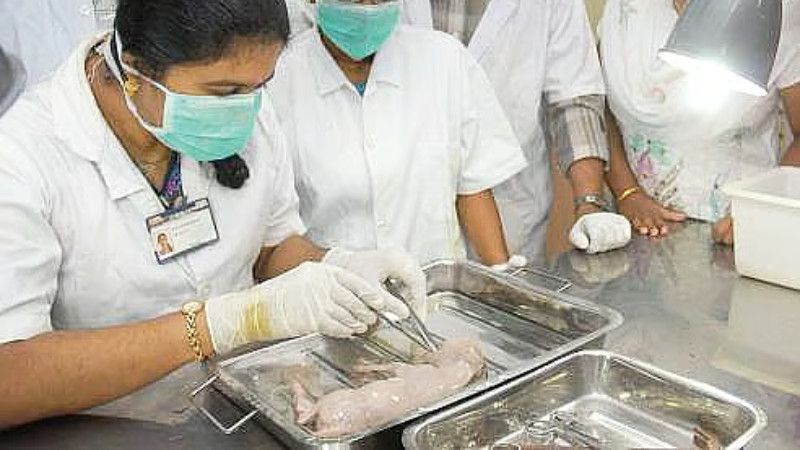
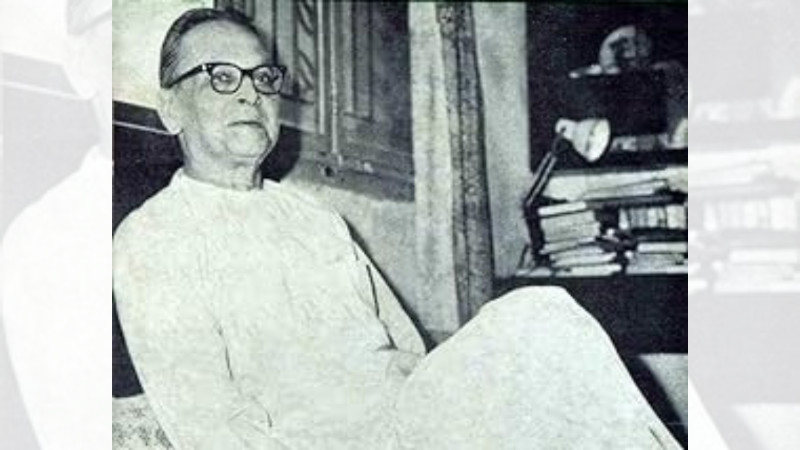
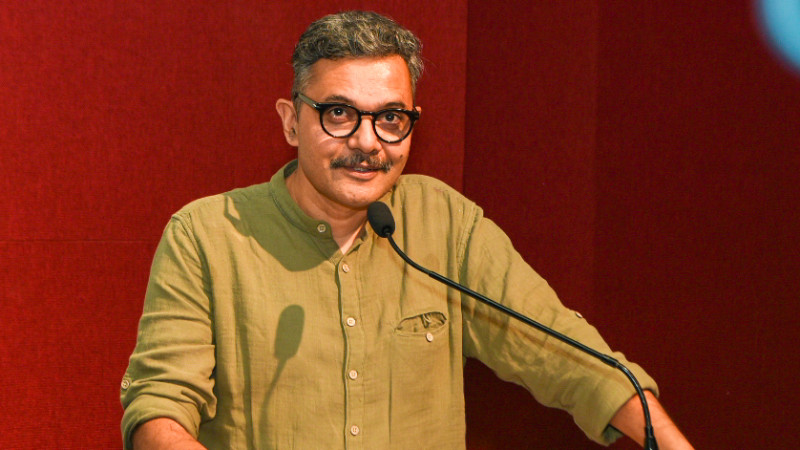
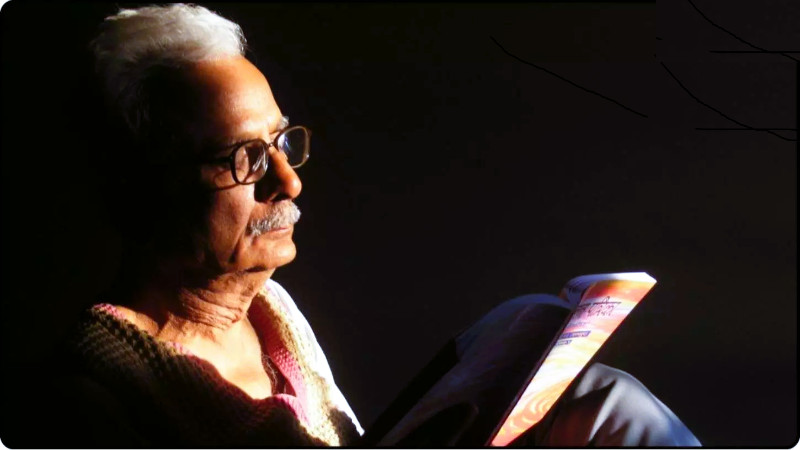
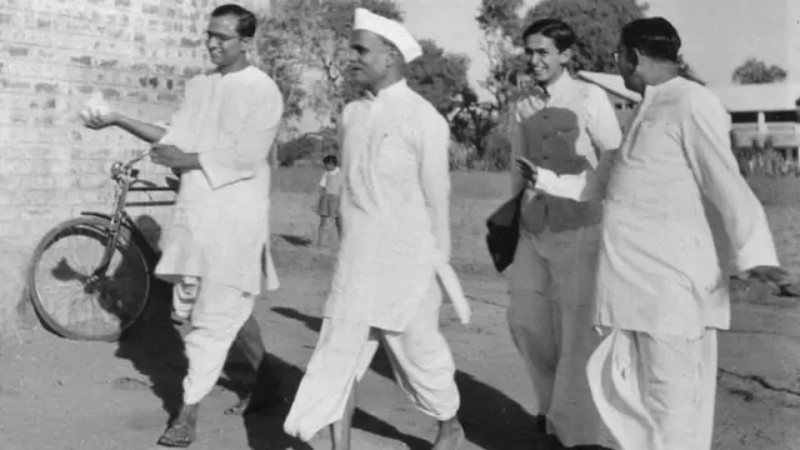
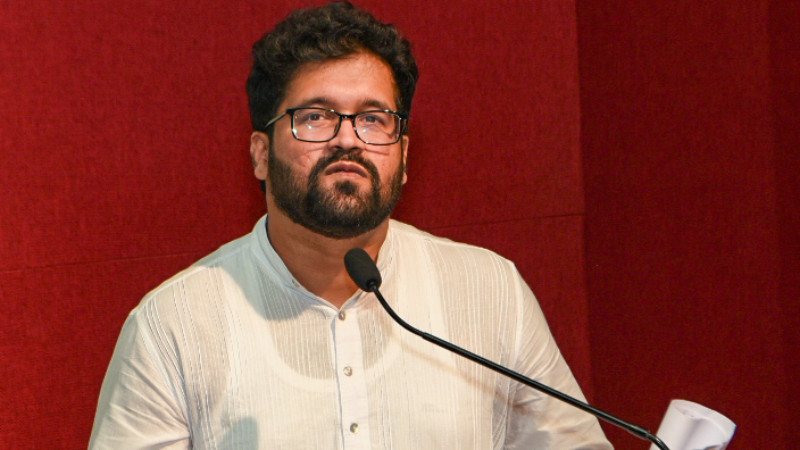
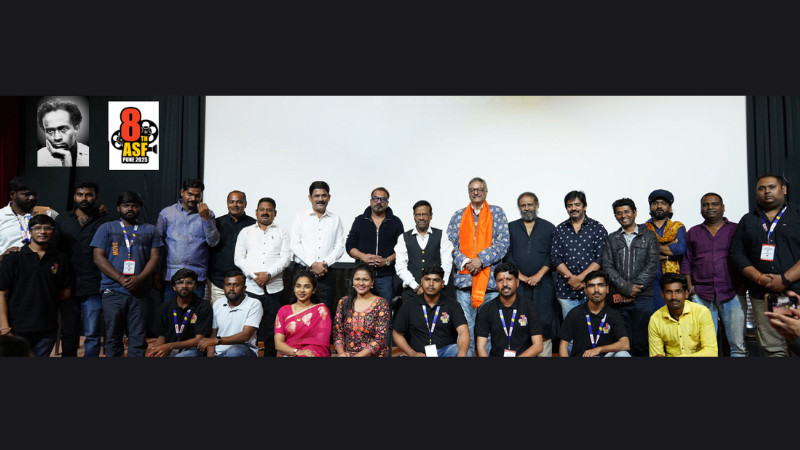

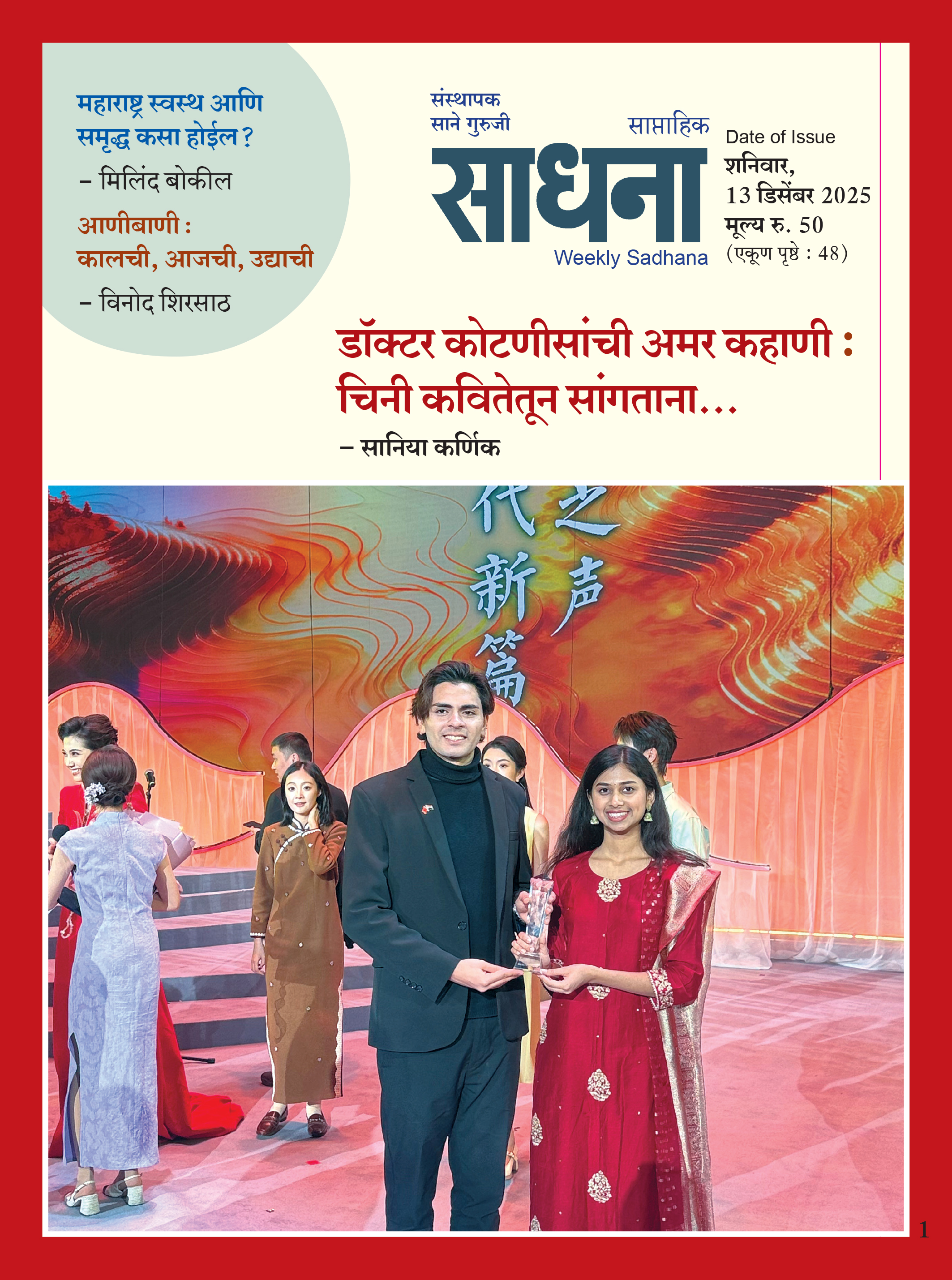













Add Comment